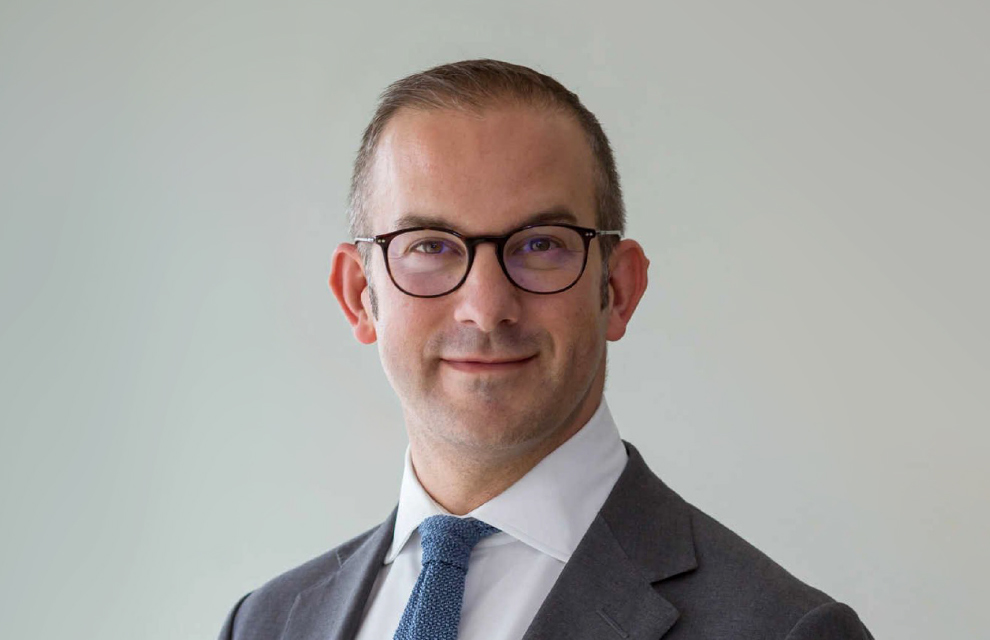Pictet
Pictet’s Rob Lowe highlights the importance of embracing the power of technology and modernising legacy processes particularly in the fund services space
How did the pandemic impact the fund services market?
I think we have gone past the point of comparing the impact on our businesses with anything experienced before. Operationally, resilience became the watchword for clients when exploring solutions with incumbent providers or in considering new relationships. As part of that decision-making process, business contingency plans became a moment of truth for the entire industry; none had been tested before on such a large scale. Some discovered the hard way that a centralised operational hub — or offshoring in countries not equipped to handle the rapid adjustment to teams working from home — became a real issue.
At Pictet, we decided many years ago to keep our operational value chain internal. This enables us to significantly reduce our reliance on external counterparties and to retain high processing standards. We were also able to implement business continuity planning (BCP) swiftly, most clients barely noticed any changes.
However, the initial lockdown period did come with obvious limitations in our ability to customise a small number of deliverables and progress on certain projects, but thankfully this was temporary. Our client engagement and problem-solving mind-set enabled us to re-prioritise these requirements with clients as they, themselves, were adapting to operational challenges.
What opportunities can technology provide in this space?
The power of technology can – and should – be embraced. It can modernise legacy processes and translate data for the benefit of all parties. At Pictet, we are constantly investing in technology infrastructure and feedback to our online capabilities particularly vindicated this commitment. Our chief operations officer of technology and operations teams have prioritised dynamic interfaces with clients and 2020 has demonstrated that this approach is indispensable. Even the most traditional clients expect a modern IT infrastructure, high-performance e-banking, mobile applications, full access to markets with 24-hour trading capability and the possibility to integrate their portfolio management systems. The sky’s the limit really when it comes to the power of technology within our ecosystem.
Technology can be a cost-efficient way of avoiding a ‘one size fits all’ approach. With the current environment of increasing costs linked to regulatory requirements and so forth, one can easily fall into the trap of standardising everything to make sure the costs are kept low. Leveraging on technology allows us to provide bespoke services whilst avoiding too much standardisation. Overall, we see technology as a valuable enabler when it is used for the benefit of our clients, for instance when it allows us to transform data into value-adding analytics for our clients or reimagine account opening processes.
Do you believe the industry will see increased consolidation of providers?
In the current environment and within a changing regulatory framework, market participants need to invest in their risk management, customer relationship management and reporting tools, and make sure their processes and systems are strong. This comes with higher costs and therefore inefficiencies will become apparent, some providers will merge, others will consolidate their position in the industry, and we are also observing a refocus on delivering core competencies – retrenching somewhat from non-core strategies.
We are keenly observing private assets solutions – notably the trend that private equity managers have acquired fund servicing platforms. Will this strategy still offer the same positive return on assets in the coming years?
What trends are you currently seeing from clients?
In terms of investments, we are seeing a continued shift towards other asset classes: clients are moving away from plain vanilla securities towards private assets, typically illiquid, which offer a longer investment time horizon and decorrelation with traditional indices. Low or negative interest rates on cash and fixed income also favour private asset allocation for cash‐rich investors, and now private equity or real estate have become part of a standard asset allocation for institutional clients who are more relaxed about lock‐up clauses, reduced redemption frequency and gating. However, small size or first‐time funds appear to be struggling, even with the right asset class or investment allocation.
In times of uncertainty, investors feel more comfortable with well-established brand names and the safety of large assets under management.
In terms of operations, transparency is expected — it is a positive for both manager and provider as it tends to lead toward clearer costs and performance benchmarking and deeper levels of trust. Technical discussions and solutions seem to be moving further up the value chain, too.
Are clients demanding more for less?
A fair response is that clients’ expectations are evolving – especially when considering the competitive landscape and economic cycle. As mentioned previously, providers need to offer solid digital capabilities, improved data analytics (especially for fund distribution), to provide or enable regulatory assistance and to offer support on new products and services, e.g. environmental, social, and corporate governance (ESG). The market has evolved to a point where managers see asset servicers as an extension of their business. Clients also expect more tailored options to fit their needs, such as the unbundling of services or shared accountability for a new service or solution.
End clients or investors should always be the priority and transparency continues to be important; for example, regulatory costs on the provider should be openly discussed with the manager as these fees are typically absorbed by investors.
Where do the challenges lie?
The key risk, as we see it, is to fall into the trap of ‘innovation for the sake of innovation’. It is easy to rush in to, say, digital enhancements without validating client needs. For Pictet, the ground rule of each endeavour is to ‘get the basics right’, even as those basics evolve.
Client relationships should be consultative and free from unnecessary distractions. If the market can continue to forge partnerships like this, we’ll have the best chance of tackling the inevitable challenges of the future.



